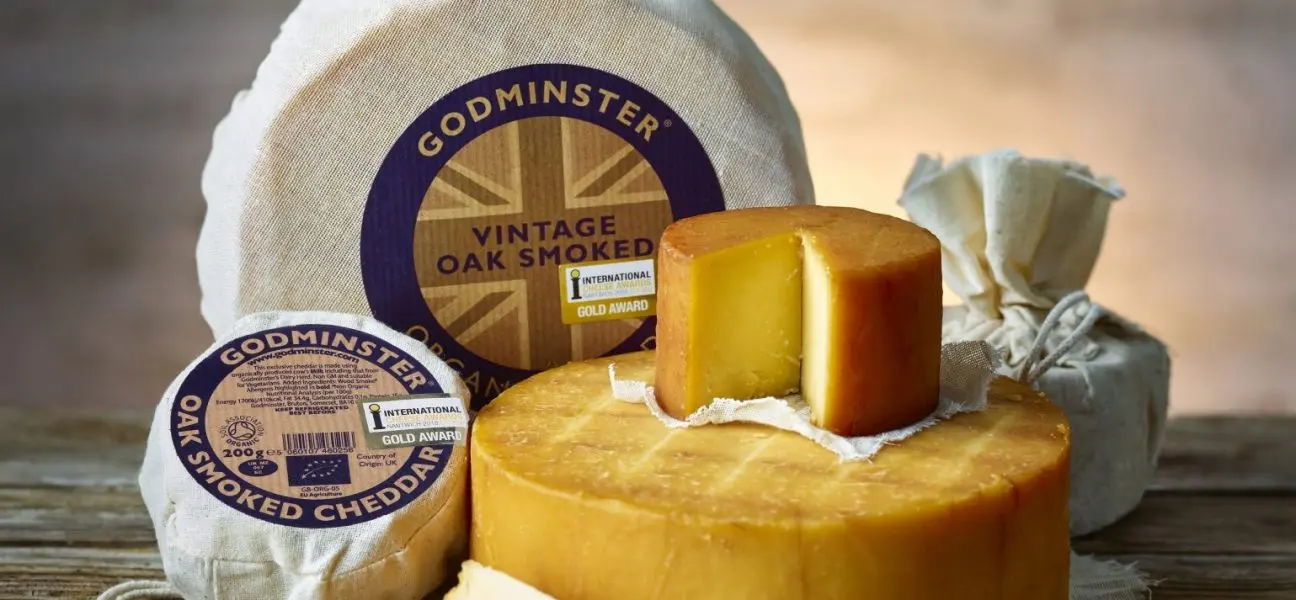Smoked cheese is a popular and delicious variation of cheese that adds a unique smoky flavor to dishes. It is commonly used in various cuisines around the world and is especially beloved in barbecue and charcuterie boards. But have you ever wondered about the origin of smoked cheese? In this article, we will explore the fascinating history and origins of this delectable treat.
The Beginnings of Smoking Cheese
The practice of smoking cheese can be traced back to ancient times when people discovered the preserving and flavor-enhancing properties of smoke. In traditional societies, smoking was primarily used as a method to preserve food, including cheese. The combination of salt and smoke acted as natural preservatives, helping to extend the shelf life of perishable foods.
Early civilizations, such as the Egyptians and Greeks, utilized smoking techniques to preserve cheese and enhance its taste. They would hang cheese above open fires or in smokehouses, allowing the smoke to infuse into the cheese and create a distinct smoky flavor.
Smoked Cheese Across Cultures
As time went on, smoking cheese became a culinary tradition in various cultures around the world. Different regions developed their own unique methods and flavors of smoked cheese.
Europe
In Europe, smoking cheese has a long-standing tradition. One of the most well-known smoked cheeses is Gouda from the Netherlands. Gouda cheese is traditionally smoked using beechwood chips, which gives it a rich and smoky flavor. The smoking process also helps to develop a characteristic golden-brown rind on the cheese.
Another popular European smoked cheese is Smoked Cheddar from the United Kingdom. Smoked Cheddar is typically cold-smoked over oak chips, resulting in a robust and smoky taste. It is often enjoyed on its own or used in various dishes like sandwiches and macaroni and cheese.

North America
In North America, smoked cheese has become a beloved addition to many dishes. Smoked Mozzarella is a popular choice, especially in Italian-inspired cuisine. The smoky flavor of the cheese adds depth to dishes like pizzas, salads, and pasta.
Smoked Gouda, influenced by the Dutch tradition, is also widely enjoyed in North America. Its creamy texture and smoky taste make it a versatile cheese that can be used in sandwiches, burgers, and even as a topping for grilled vegetables.
Modern Techniques and Varieties
Today, smoking cheese has evolved to include a wide range of techniques and flavors. With advancements in technology, cheese producers can control the smoking process more precisely, resulting in consistent and delicious smoked cheese.
Various types of wood chips are used in smoking cheese, each imparting its own unique flavor. Common woods used include oak, hickory, applewood, and mesquite. Different smoking times and temperatures also contribute to the final taste and texture of the cheese.
Smoked cheese is now available in a wide variety of types, including Gouda, Cheddar, Mozzarella, and even specialty cheeses like Smoked Blue Cheese and Smoked Gruyere. The options are endless, and there is a smoked cheese to suit every palate.
The origin of smoked cheese can be traced back to ancient times when people discovered the preserving and flavor-enhancing properties of smoke. It has since become a beloved culinary tradition in various cultures around the world. Whether you enjoy a slice of smoked Gouda on a charcuterie board or a sprinkle of smoked Mozzarella on your pizza, the smoky flavor of smoked cheese adds a delicious depth to any dish. Explore the wide variety of smoked cheeses available and discover your favorite today!
If you want to know other articles similar to The fascinating history of smoked cheese you can visit the Food history category.


Related Articles